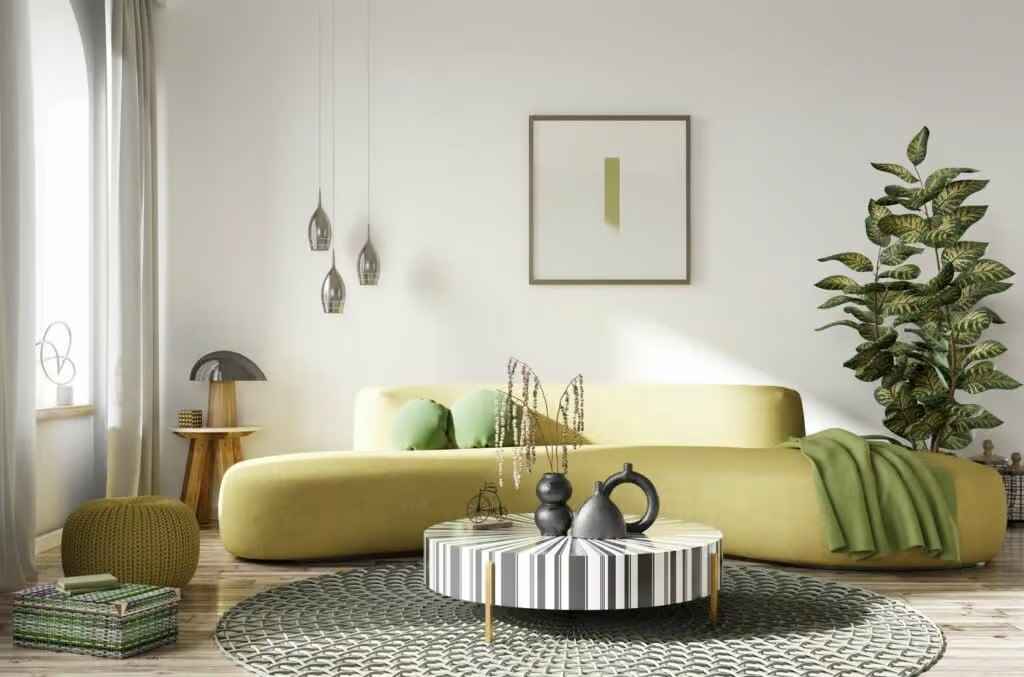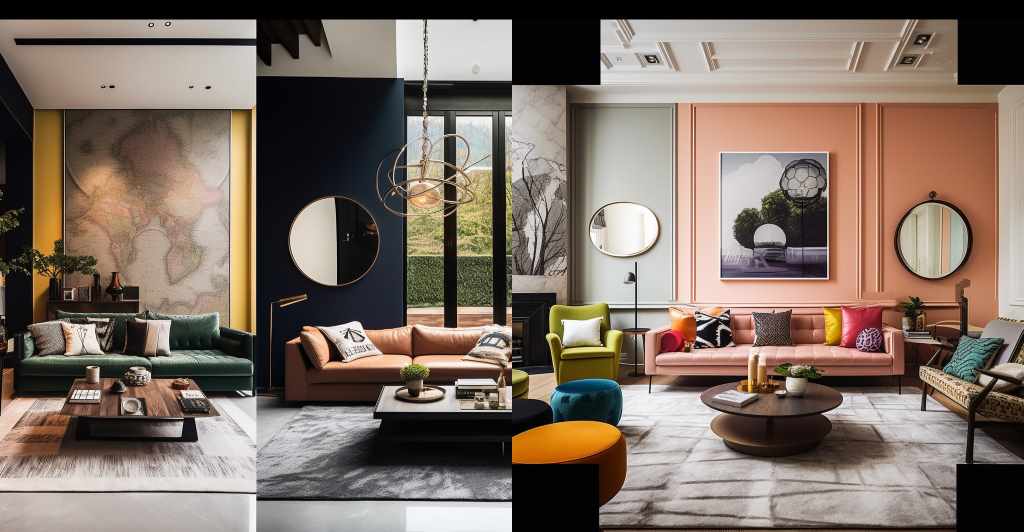The fusion of technology and interior design is transforming how we conceptualize, create, and experience our homes. 3D home design is no longer just a tool for architects and designers; it’s becoming an integral part of how homeowners envision and personalize their living spaces. As we step into 2024 and beyond, the 3D design landscape is evolving rapidly, offering exciting possibilities for both professionals and DIY enthusiasts.
The Rise of Immersive Visualization
One of the most significant trends in 3D home design is the increasing emphasis on immersive visualization. Gone are the days of relying solely on 2D floor plans and static images. Homeowners now crave interactive experiences that allow them to walk through their future homes virtually, providing a more comprehensive understanding of the space than simply viewing cardboard boxes.
- Virtual Reality (VR): VR headsets transport users into fully realized 3D environments, giving them a tangible sense of space and scale. This is particularly beneficial for those building new homes or undergoing major renovations.
- Augmented Reality (AR): AR overlays digital elements onto the real world, allowing users to see how furniture and décor would look in their existing rooms. This technology is becoming more accessible through smartphones and tablets.

Democratization of Design Tools
3D design software is no longer confined to the realm of professionals. A growing number of user-friendly platforms cater to homeowners, empowering them to experiment with layouts, materials, and colors.
- Cloud-Based Software: Cloud-based 3D design tools eliminate the need for expensive software installations and powerful computers. They offer collaborative features, making it easy for homeowners to share ideas with designers and contractors.
- AI-Powered Design Assistants: Artificial intelligence is playing a role in simplifying 3D design. AI assistants can generate layout suggestions, offer style recommendations, and even automate repetitive tasks.
Personalized Design Experiences
The 3D design revolution is driving a shift toward personalization. Homeowners are seeking ways to make their spaces unique reflections of their personalities and lifestyles.
- Customizable 3D Models: Many platforms now offer vast libraries of 3D models for furniture, appliances, and décor. Users can customize these models to match their preferred styles and dimensions.
- Virtual Staging: 3D virtual staging is gaining popularity, especially in the real estate market. It allows potential buyers to visualize how a property would look furnished and decorated, even if it’s currently empty.
Sustainable Design Integration
Environmental consciousness is increasingly influencing design choices. 3D home design software can help homeowners make sustainable decisions by simulating the impact of different materials and energy-efficient features.
- Energy Modeling: 3D models can be analyzed to assess a home’s energy consumption. This information can guide decisions about insulation, windows, and HVAC systems.
- Material Visualization: Homeowners can experiment with sustainable materials like bamboo, recycled plastic, and reclaimed wood to see how they would look in their homes.
Blurring the Lines Between Physical and Digital
The boundaries between the physical and digital worlds are becoming increasingly fluid. 3D printing and other fabrication technologies are making it easier to turn virtual designs into tangible objects.
- 3D Printed Décor: Homeowners can now create custom décor items, such as vases, light fixtures, and even furniture components, using 3D printing.
- Prefabrication: 3D design plays a crucial role in prefabrication, where building components are manufactured off-site and assembled quickly on location.
What Lies Beyond 2024?
The future of 3D home design holds even more exciting possibilities. Here’s a glimpse of what we might expect:
- Generative Design: AI algorithms will play a more significant role in generating design options based on user preferences and constraints.
- Mixed Reality: Mixed reality headsets will merge the physical and digital worlds seamlessly, allowing users to interact with virtual objects in their real environments.
- Hyper-Personalized Spaces: Homes will become more adaptable, with 3D printed elements that can be easily swapped out to reflect changing moods or needs.
Conclusion
3D home design is not just a trend; it’s a paradigm shift in how we approach our living spaces. As technology continues to advance, the possibilities for creating personalized, sustainable, and immersive homes are boundless. Whether you’re a professional designer or a homeowner embarking on a renovation project, 3D design tools are becoming essential for bringing your vision to life.


